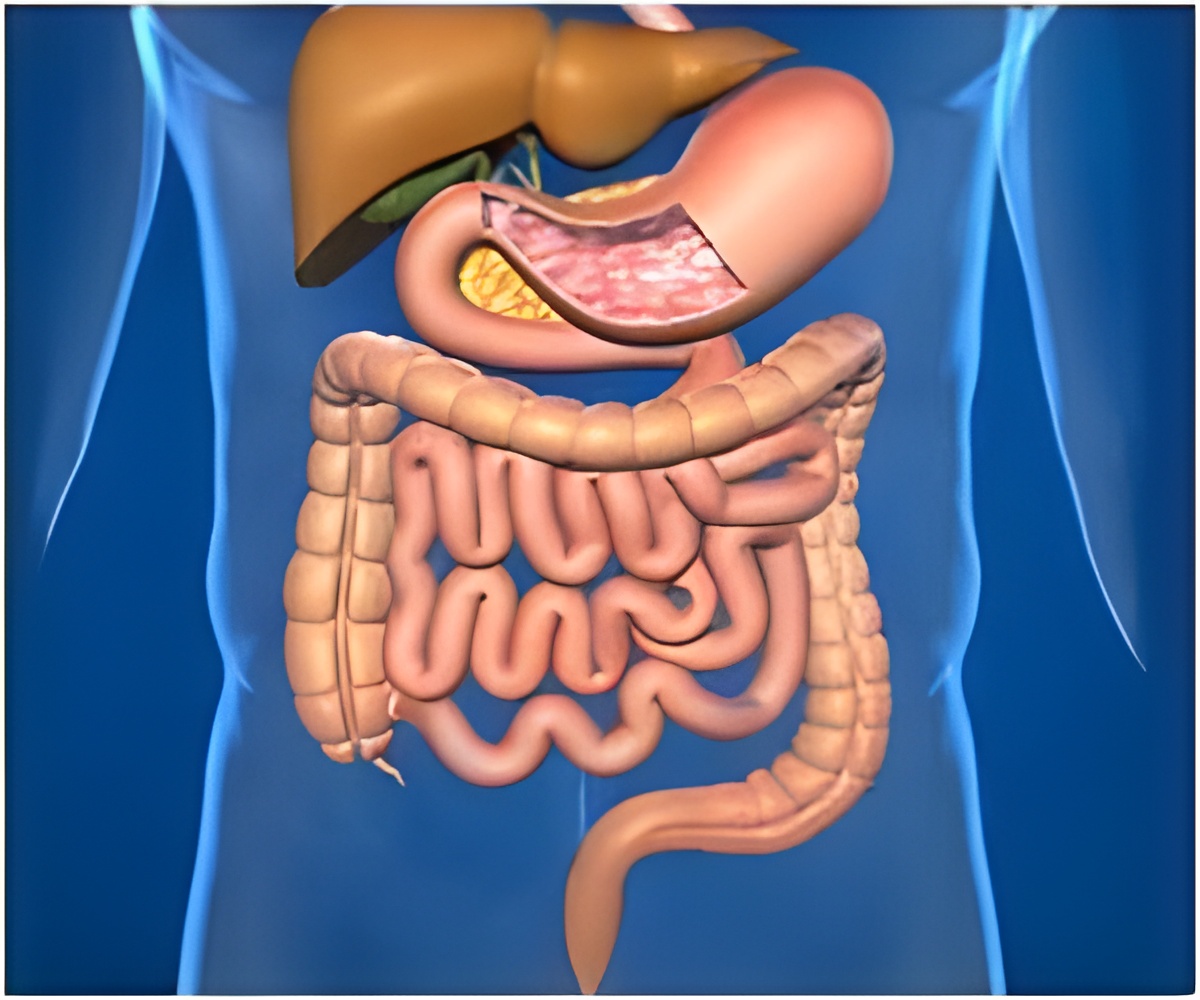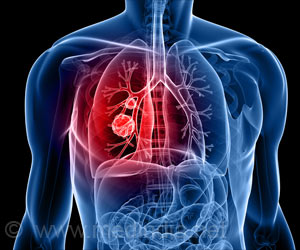
But even modern-day scientists have difficulties studying the around 500-1000 different species among the approx. 100 billion active bacteria in our intestines.
Aside from working together with the immune system in a vital cooperation, imbalance in the intestinal bacteria composition is the cause of chronic disease of the alimentary tract of which 50.000 Danes suffer.
'In recent years we have discovered that bacteria have a great impact on the body. A lot of research is being done within this field, but we still have not identified all the bacteria found in and on the human body. Knowledge of the bacteria is vital if we are to understand what is going on.
That is where our technique can make a difference', says Associate Professor Simon Rasmussen, who together with his team of researchers at the Novo Nordisk Foundation Center for Protein Research is responsible for the new study, the results of which have just been published in Nature Biotechnology.
'The presence of bacteria is vital to the immune system, and this is true not least of intestinal bacteria. But the problem is that it is very difficult to study intestinal bacteria in their natural environment, which they often deeply depend on in order to survive.
Advertisement
Instead of studying the bacteria inside the intestines, the researchers have analysed the intestines' ultimate by-product: feces.
Advertisement
Therefore, Simon Rasmussen and his team of researchers have developed an algorithm that uses artificial intelligence to complete the DNA strings of bacteria in faeces. And now researchers from all over the world can help finish the puzzle.
'One gram of faeces contains around a billion bacteria of 500-1000 different kinds. If we are able to reconstruct their DNA, it will give us an idea of the types of bacteria we are dealing with, what they are capable of and what they actually do. It is not the complete picture, but it is a huge step forward. And our algorithm is available to other researcher and free to use', he says.
Identifies patterns in different types of data
For example, if you want to know how polluted soil has affected the microorganisms, you could use the new method to analyse a soil sample from the area in question. The same applies to lakes and watercourses located close to a factory or similar. Or, as Simon Rasmussen points out, if there are bacteria present, they can be now be identified.
'But the algorithm can not only be used to study bacteria. You could also use it to analyse health data, for example. Say that you are working on increasing our knowledge of specific diseases.
To help us do so we can collect an amount of information about the patient group, such as knowledge of their genetics, protein composition, substances in the blood and data from electronic records.
Our artificial intelanalyze can then analyse these very different sets of data and identify patterns and connections. It holds great potential', Simon Rasmussen explains. Aside from the article on the algorithm, the team has several other studies in the pipeline demonstrating the use of their technology.
Source-Eurekalert














